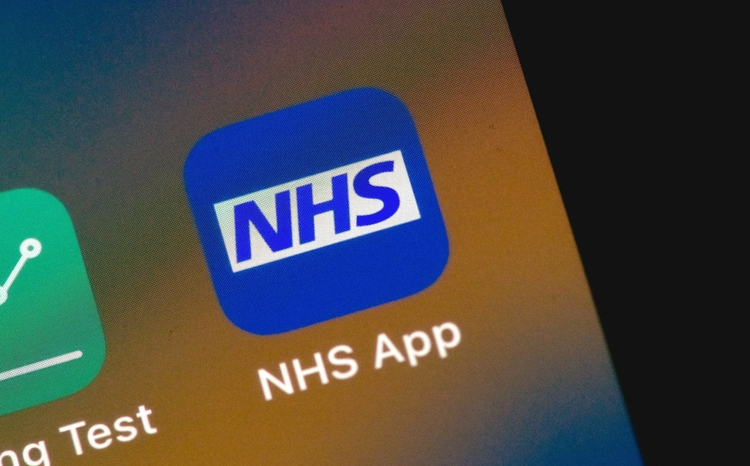A new era of choice?
- 23 August 2005

The Department of Health’s decision to offer a greater choice of IT systems to family doctors marked a sea change within Connecting for Health.
The Minister’s announcement in March heralded a significant shift in emphasis away from the single system solution towards a more flexible approach.
The DH has implicitly acknowledged two key factors:
- The importance of empowering end-users to choose systems that best meets their needs;
- and that, by employing strict, interoperability standards, a wider range of suppliers are needed to deliver CfH’s laudable aims.
The announcement promises genuine choice and competition within the primary care framework. If implemented, the benefits of this decision would be far-reaching. By upholding choice and competition, the new policy would ensure the continuing innovation that is essential to meet the needs of the ever-changing healthcare market.
Unfortunately, as reports have highlighted, there are real barriers to implementation that threaten to undermine this enlightened policy.
Need for competition
|
"Far from being a trite management consultancy phrase, the ‘buy-in’ of GPs to their IT systems has been tangible and real" — Sean Riddell, deputy managing director, EMIS
|
Innovation is only possible within a competitive marketplace; without active competition between different suppliers, where is the driver to innovate?
GP computing in England has flourished precisely because it has enjoyed a vigorous, competitive marketplace. It could be argued that the relative lack of development of the secondary healthcare IT market in England also demonstrates the importance of competition to innovation.
The long-term tenders typical of secondary care procurement have limited innovation because they have created an effective monopoly of supply over too long a time period, thereby removing the driver for continuous improvement and preventing natural selection doing what it does best.
As well as innovation, true choice of systems in England has brought with it a very strong level of buy-in from the end user. Far from being a trite management consultancy phrase, the ‘buy-in’ of GPs to their IT systems has been tangible and real – they have actively chosen to buy a system, from their own budgets, and therefore have a strong personal interest in its use and development, for the ultimate benefit of their patients.
The competitive GP marketplace has also driven down prices, delivering greater value for money for the NHS. For example, two years ago the first automated arrivals service was developed, enabling patients to check themselves in for an appointment. The average cost of such a system was until recently around £5,000. With competitive products entering the marketplace, that cost has now been significantly reduced, with new products now available for less than half that price – at around £2,500.
Healthcare is a uniquely complex marketplace and its very richness, or ‘granularity’, means that a competitive environment is essential to deliver the wide range of specialist products required. There is simply not enough brainpower and creativity within any single organisation (even my own firm, EMIS!) to deliver products suited to the needs of such a wide client group.
Interoperability
Even a single GP practice has wide-ranging needs – from managing patient records to front-desk functions such as appointments – that are often best met by using a mixture of different interoperable products, rather than a single system.
Enabling the user to customise his or her individual IT support in this way requires a commitment to interoperability alongside choice. Interoperability significantly increases the benefits of choice by opening up the marketplace and devolving even greater power to the end-user.
While EMIS was, at first, naturally a little wary of allowing our products to interoperate with those of our competitors, we are now firmly of the view that our commitment to interoperability has in fact strengthened our business; enabling our systems to interoperate with other leading products has added value for our customers.
EMIS has been committed to interoperability for a number of years, and our systems exchange data using the common interoperability standard, HL7v3. As such, we are fully participating in Connecting for Health interoperability projects such as Choose and Book and GP2GP, as well exchanging data with other clinical systems to facilitate the lifelong patient record.
Interoperability is the vital component in the future of healthcare IT – all LSPs have to interoperate with CfH national applications but inevitably with each other as well as with systems in Scotland, Northern Ireland and Wales. If systems aren’t open for interoperability at all levels, then they become like a silo – restricting rather than facilitating patient care.
Choice is needed
Continuing innovation, lower prices, diverse products for a diverse marketplace, and stronger buy-in from users who are empowered to choose systems that best suits their individual needs – the benefits of choice and competition are legion.
Yet time is short – the longer it takes for all to embrace choice, the fewer the benefits will be realised.
The logic of choice must be fully implemented, actively encouraged and widened, never stifled or restricted.
If competition is not actively engendered, there is a very real risk that the new era of choice promised by the DH will simply not materialise – and that the major benefits on offer will be lost, sending healthcare computing into a downward spiral from which it may never recover. Connecting for Health will never make it to Connected for Health.




